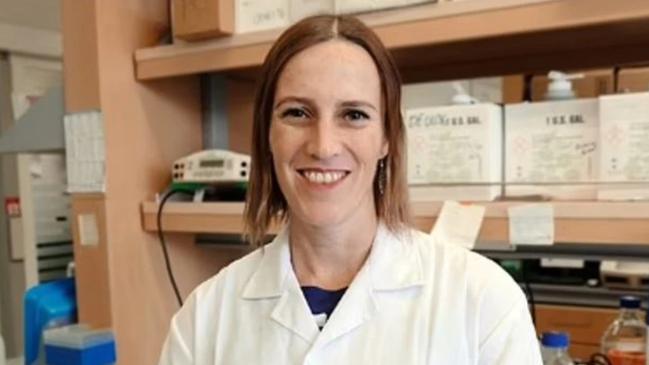Coronavirus world: Aussie Wuhan bat scientist, Danielle Anderson, gives dire warning on virus origin
Australia’s only foreign scientist to work at China’s Wuhan lab has issued a chilling warning about coronavirus and its origins.

World
Don't miss out on the headlines from World. Followed categories will be added to My News.
The only foreign scientist to work at the Wuhan Institute of Virology, Australia’s Dr Danielle Anderson, has spoken out on the US’s failed investigation into the origins of Covid-19.
“I think it’s a really good possibility that we’ll never know where Covid came from,” Dr Anderson said.
“The first [SARS] outbreak took 10 years for the reservoir to be found, and there are plenty of cases where the actual reservoir hasn’t been found.”
The dire prediction that the cause of the global pandemic may forever remain unknown comes as US intelligence agencies failed to discover a smoking gun that the virus leaked from a lab in Wuhan.
The World Health Organisation’s investigation team, meanwhile, this week warned they are running out of time to find a smoking gun of their own as the window closes on tracing natural origins in China.
Dr Anderson, an expert in bat-borne viruses who conducted research at China’s BSL-4 lab until November 2019, said she’s not surprised that the review ordered by US president Joe Biden did not find whether the virus leaked from a lab.

But, she said, the possibility isn’t entirely beyond the pale, either.
“The lab-leak accident, if something came out, some evidence, I won’t say it never happened,” Dr Anderson said. “In the past, there’ve been incidents coming out of a lab. Not just in China, all over the world.”
“If there was evidence to show this is what happened, I’m not going to say that’s nonsense. I can foresee how it could happen,” she added.
Dr Anderson is currently a senior research fellow at Melbourne’s Peter Doherty Institute for Infection and Immunity. New modelling from the Doherty Institute, presented at Friday’s national cabinet meeting, showed lifting Australia’s Covid-19 restrictions won’t lead to more deaths than waiting for cases to fall.
Ms Anderson finished her research at the Wuhan lab in November 2019. Early cases of Covid-19 were first reported to December 2019, while
analysis has suggested it first emerged as far back as early October, with the most likely date being November 17.

Chinese government data, first published in The South China Morning Post, traced the first known case of Covid-19 to a 55-year-old woman in the Hubei province. A “patient zero”, however, has never been confirmed.
A US intelligence report, meanwhile, suggested three researchers from China’s Wuhan Institute of Virology became sick enough in November 2019 that they went to a hospital for treatment.
Dr Anderson said she did not see any sick colleagues before her time at the virology institute ended, but that her lab was geographically apart from other areas of the campus.
From her knowledge of papers produced by the institute’s scientists, and the work she’s aware of, Dr Anderson said nothing meet the definition of “gain of function” research. The controversial practice of combining viruses has been the centre of questions about whether the virus could have emerged at the institute.

The White House’s Chief Medical Adviser to the president, Dr Anthony Fauci, has clashed with US politicians over whether his National Institute of Allergy and Infectious Diseases funded gain of function research at the Wuhan lab.
Critics of Dr Fauci and the World Health Organisation’s investigation team say they have a conflict of interest to obscure the origin of the virus if it came from a laboratory, which would make the research relevant to the lab leak hypothesis.
Among her circle of collages, Dr Anderson says the general belief is that the virus emerged zoonotically, jumping from animals to humans.
“Investigating the origins is better undertaken by scientists and epidemiologists, rather than intelligence agencies,” she said.
“I don’t know what tools they would have been using, but from the intelligence side they would have only found evidence on the assumption there was a cover-up.”
Originally published as Coronavirus world: Aussie Wuhan bat scientist, Danielle Anderson, gives dire warning on virus origin


